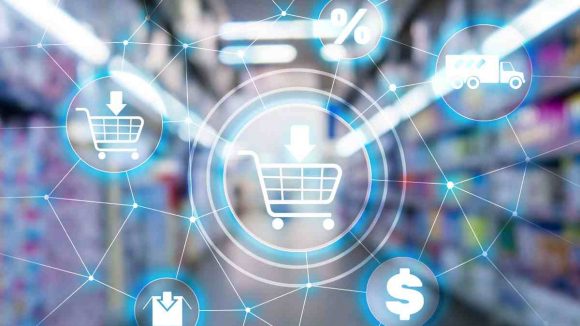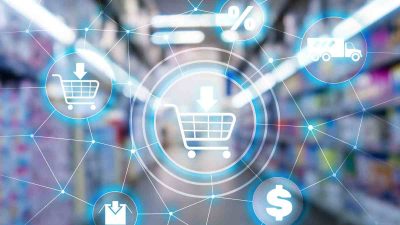It was a great year for Amazon, and if 2023 is anything to go by, it’s up for a productive 2024. It tripled profit, reinvented last-mile deliveries even faster, and launched some exciting new AI-powered features.
According to research by one of the world’s oldest and largest financial institutions, JPMorgan Chase & Co., Amazon is predicted to overtake Walmart to be the largest retailer in the US in 2024.
According to Visual Capitalist data, Walmart is the leading retailer in the US, with nearly $500 billion in sales, followed by Amazon with $233 billion.
The giant e-commerce is also planning to deliver giant packages this year. They are taking delivery one notch up, now selling vehicles online, starting with Hyundai Motor America.
This means auto dealers can sell vehicles in Amazon’s US stores for the first time. Hyundai will also be more data-driven by prioritizing manufacturing and supply chains to help optimize production.
Amazon’s faster last-mile delivery
Amazon had a target: to make deliveries to customers even faster. But how is it even possible?
They divided the US into smaller “networks”. Previously, they were fielding orders from pretty much any part of the country closest to their operational sites. They now have “eight interconnected regions,” serving smaller areas within that network.
This is how it gets the orders out to customers faster and at a much lower fee. Placing the product closer to the customers, it manages to ship items from nearby fulfillment centers and deliver them straight to the customers.
In October, Amazon reached a new milestone when its largest cargo jet, an Amazon Prime Air A330 jet, took to the sky. It’s been shuttling between the national hub at Cincinnati-to-Northern Kentucky International and San Bernardino International Airport in California.
It has now chosen Hawaiian Airlines to operate the new A330-300 freighter. But it has plans to lease nine more used aircraft once overhauled into container cargo configurations. Most of these deliveries are scheduled for 2024.
AI at the steering wheel
In June, Amazon announced that it’s using 75,000 robots to do the heavy lifting in its facilities, using artificial intelligence to help employees on site. “The rate of our innovation has only accelerated, largely thanks to unprecedented advancements in AI.
“Using the latest in computer vision and machine learning, our newest industrial robots can operate alongside humans safely and include our first autonomous mobile robot, Proteus,” says the company.
In the middle of last year, Amazon also turned to AI to help users find the right products online. It started testing a feature in its shopping app, which AI summarizes customer reviews on products.
It also unveiled a new social shopping feature, “Consult-a-Friend,” to help consumers seek product advice for online shopping. The giant e-tailer recognizes that recommendations from friends and family are among the most trusted sources for shoppers.
Another groundbreaking move from Amazon: it’s reshaping the online shopping experience with a partnership with Meta. Customers can shop Amazon’s Facebook and Instagram ads and check out with Amazon without leaving the social media apps.
How Amazon tripled its profit
The company’s revenue climbed by 13% to $143.1 billion between July and September 2023, surpassing Wall Street’s expectations.
Amazon’s CEO, Andy Jassy, attributed their success to optimizing the US fulfillment network. It was split into eight distinct regions, surpassing their optimistic projections. The e-commerce giant realized that to scale up sales, it had first to size down.
“In addition to speedy deliveries, the crucial thing was that each region must carry the breadth of selection that customers expect,” says Amazon’s research director Amitabh Sinha.
To make this shift, it decided to map out more efficient and shorter routes for order. When a customer clicks the “buy now” button, Amazon’s Adaptive Transportation Optimization Service (ATROPS) assigns the optimal route for the purchased item.
It was the best decision Amazon could have made last year. Changing the network and looking back a year later, it all paid off.
“We flipped the switch overnight and immediately started to see the results we were hoping for. It changed faster than any of us expected. It was delightful,” says Nick McCabe, senior manager of GTS network design.
There is a lesson for entrepreneurs in how Amazon changed the last-mile delivery landscape in the last few years. Sometimes, it takes a bit of guts to break away from old systems, but if done right, you will reap from it.
About the author
Mia is a multi-award-winning journalist. She has more than 14 years of experience in mainstream media. She's covered many historic moments that happened in Africa and internationally. She has a strong focus on human interest stories, to bring her readers and viewers closer to the topics at hand.











